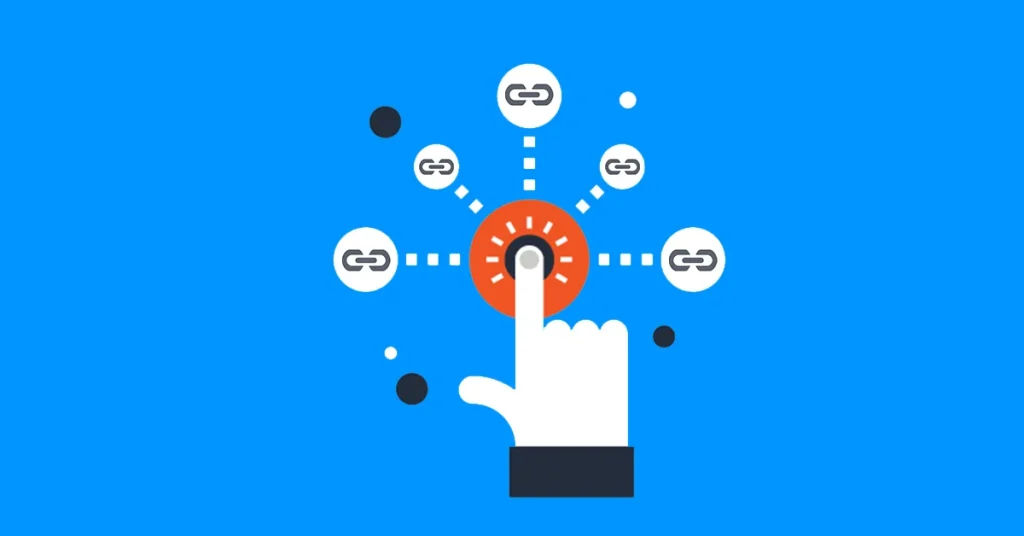
Understanding the Role of Links in SEO
In the realm of Search Engine Optimization (SEO), links are often referred to as the “backbone” of the internet. They not only connect websites but also influence how search engines like Google rank them. While backlinks, or links from other websites to yours, are crucial, the power of internal and external links within your own website should not be underestimated.
Internal Linking: The Foundation of Your Website
Internal links are links that point to other pages within your own website. They serve several important purposes:
- Improved Crawlability: Search engine crawlers rely on links to discover and index new pages on your website. By strategically placing internal links, you can ensure that all your content is accessible to these crawlers.
- Enhanced User Experience: Well-structured internal linking guides users through your website, making it easier for them to find relevant information. This improves user experience and encourages them to stay on your site longer.
- Keyword Optimization: By using relevant keywords in anchor text (the clickable text of a link), you can help search engines understand the topic of the linked page.
External Linking: Building Relationships and Authority
External links, or outbound links, are links that point to other websites. While they may not directly impact your rankings as much as backlinks, they still play a significant role in SEO:
- Increased Trustworthiness: Linking to reputable external sources can enhance your website’s credibility and trustworthiness in the eyes of search engines.
- Potential for Backlinks: When you link to other websites, there’s a chance that they may reciprocate by linking back to your site.
- Contextual Relevance: Linking to relevant external sources can provide additional context and information to your users, improving the overall quality of your content.
Best Practices for Effective Linking
To maximize the benefits of internal and external linking, consider the following best practices:
- Relevant and Natural Linking: Ensure that your links are relevant to the content of the page and the user’s intent. Avoid excessive or forced linking.
- Strategic Anchor Text: Use descriptive and keyword-rich anchor text to improve the context and relevance of your links.
- Balanced Link Profile: Maintain a balanced link profile with a mix of internal and external links.
- Monitor and Update Links: Regularly check your links for broken links and update them as needed.
By understanding the power of internal and external links and implementing these best practices, you can significantly improve your website’s SEO and drive organic traffic.
Related: What are some white hat SEO tricks and tips for boosting organic traffic?
10 Top Ways to Build Quality Backlinks
Are you ready to design & build your own website? Learn more about UltimateWB! We also offer web design packages if you would like your website designed and built for you.
Got a techy/website question? Whether it’s about UltimateWB or another website builder, web hosting, or other aspects of websites, just send in your question in the “Ask David!” form. We will email you when the answer is posted on the UltimateWB “Ask David!” section.


